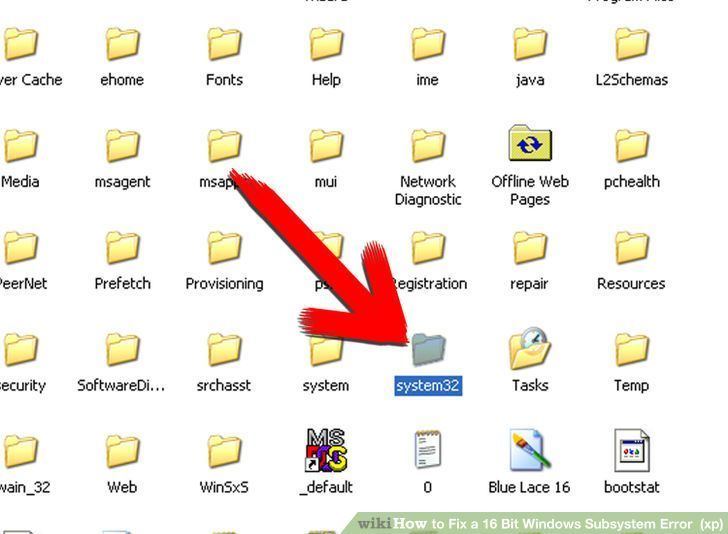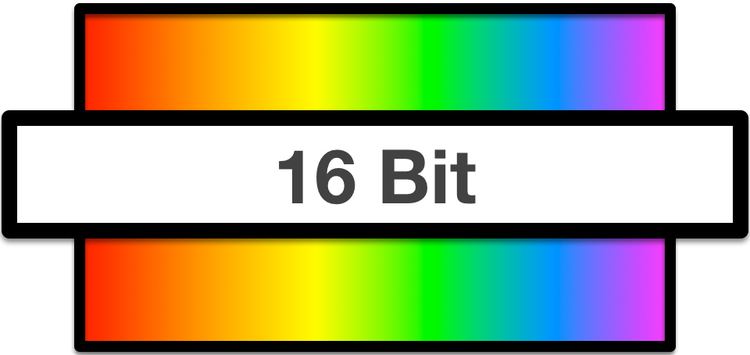16 18 | ||
 | ||
16 bit iron man 3 movie homage hd video game
In computer architecture, 16-bit integers, memory addresses, or other data units are those that are at most 16 bits (2 octets) wide. Also, 16-bit CPU and ALU architectures are those that are based on registers, address buses, or data buses of that size. 16-bit is also a term given to a generation of microcomputers in which 16-bit microprocessors were the norm.
Contents
- 16 bit iron man 3 movie homage hd video game
- 16 bit architecture
- The 1632 bit Motorola 68000 and Intel 386SX
- Intel 16 bit memory models
- 16 bit application
- References

A 16-bit register can store 216 different values. The signed range of integer values that can be stored in 16 bits is -32,768 (-1 × 215) through 32,767 (215 - 1); the unsigned range is 0 through 65,535 (216 - 1). Since 216 is 65,536, a processor with 16-bit memory addresses can directly access 64 KiB of byte-addressable memory.

16-bit architecture

The MIT Whirlwind (c. 1951) was quite possibly the first-ever 16-bit computer. Other early (c. 1965–70) 16-bit computers include the IBM 1130, the HP 2100, the Data General Nova, and the DEC PDP-11. Early (c. 1973–75) multi-chip 16-bit microprocessors include the National Semiconductor IMP-16 and the Western Digital MCP-1600. Early (c. 1975–76) single-chip 16-bit microprocessors include the National Semiconductor PACE, the HP BPC, and the TI TMS9900. Other notable 16-bit processors include the Intel 8086, the Intel 80286, the WDC 65C816, and the Zilog Z8000. The Intel 8088 was binary compatible with the Intel 8086, and was 16-bit in that its registers were 16 bits wide, and arithmetic instructions could operate on 16-bit quantities, even though its external bus was 8 bits wide.

A 16-bit integer can store 216 (or 65,536) distinct values. In an unsigned representation, these values are the integers between 0 and 65,535; using two's complement, possible values range from −32,768 to 32,767. Hence, a processor with 16-bit memory addresses can directly access 64 KB of byte-addressable memory.

16-bit processors have been almost entirely supplanted in the personal computer industry, and are used less than 32-bit (or 8-bit) CPUs in embedded applications.
The 16/32-bit Motorola 68000 and Intel 386SX

The Motorola 68000 is sometimes called 16-bit because its internal and external data buses were 16 bits wide, however it could be considered a 32-bit processor in that the general purpose registers were 32 bits wide and most arithmetic instructions supported 32-bit arithmetic. The 68000 was a microcoded processor with three internal 16-bit ALU units. Only 24-bits of the program counter (PC) were available on original DIP packages, with up to 16 megabytes of addressable RAM. 68000 software is 32-bit in nature and forward-compatible with other 32-bit processors in the same family. The 68008 was a version of the 68000 with 8-bit external data path and 1 megabyte addressing for the 48-pin DIP version and 4 megabyte for the 52-pin PLCC version. Several Apple Inc. Macintosh models; e.g., LC series, used 32-bit 68020 and 68030 processors on a 16-bit data bus to save cost.
Similar analysis applies to Intel's 80286 CPU replacement called the 386SX which is a 32-bit processor with 32-bit ALU and internal 32-bit data paths with a 16-bit external bus and 24-bit addressing of the processor it replaced.
The 68000 processor of the Sega Mega Drive was a highly advertised feature of the video game system. Due to the saturation of this advertising, the 1988–95 era (fourth generation) of video game consoles is often called the 16-bit era.
Intel 16-bit memory models
Just as there are multiple data models for 64-bit architectures, the 16-bit Intel architecture allows for different memory models—ways to access a particular memory location. The reason for using a specific memory model is the size of the assembler instructions or required storage for pointers. Compilers of the 16-bit era generally had the following type-width characteristic:
16-bit application
In the context of IBM PC compatible and Wintel platforms, a 16-bit application is any software written for MS-DOS, OS/2 1.x or early versions of Microsoft Windows which originally ran on the 16-bit Intel 8088 and Intel 80286 microprocessors. Such applications used a 20-bit or 24-bit segment or selector-offset address representation to extend the range of addressable memory locations beyond what was possible using only 16-bit addresses. Programs containing more than 216 bytes (64 kilobytes) of instructions and data therefore required special instructions to switch between their 64-kilobyte segments, increasing the complexity of programming 16-bit applications.
